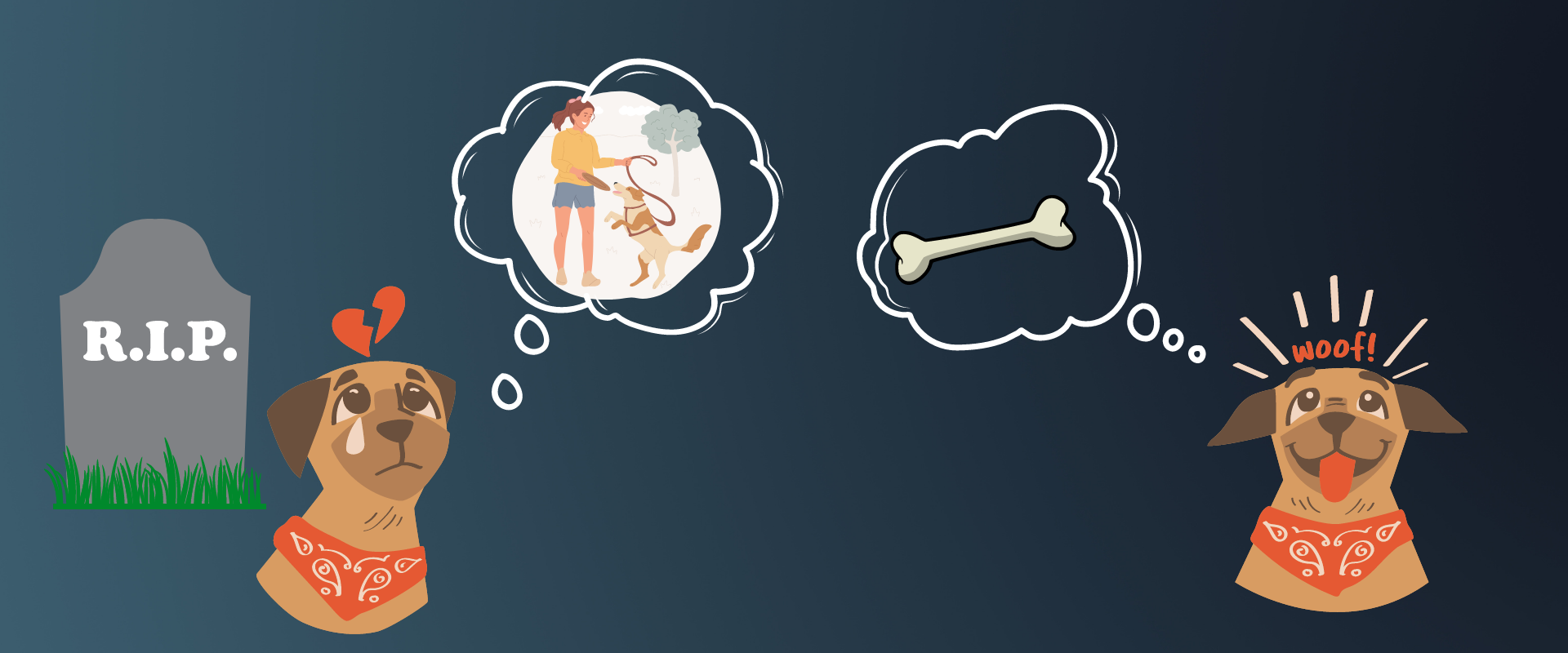Can Animals Do Mental Time Travel?
Apr 11, 2022 | 5 min read

Apr 11, 2022 | 5 min read

Mental time travel refers to the ability to mentally travel backwards and forwards in time in order to contextualize the present. Episodic memory and future planning are two aspects of mental time travel. According to Suddendorf and Corballis, episodic memory is the mental reconstruction of personal events from the past. In contrast, future planning refers to the mental simulation of possible events in the future. These two scientists proposed the mental time travel hypothesis, which states that mental time travel is unique to humans.
An important factor that aids mental travel is Chronesthesia—-it allows individuals to identify the subjective time they live in and understand time as an entity that extends forward into the distant future and backwards into the distant past.
It appears that certain brain-damaged patients are incapable of Chronesthesia. Clive Wearing, a former British musicologist, suffered infection by the herpes simplex virus, which practically destroyed his hippocampus, leaving him profoundly amnesic. Wearing’s episodic memory was almost completely lost. Due to this medical condition, he lost the ability of mental time travel and is only conscious about the present. He is always under the impression that he has just woken up or has just risen from death.
The essence of the mental time travel hypothesis is that animals are stuck in time. Similar to patients such as Clive Wearing, they are neither aware of the past nor the future. But recent studies on food-caching Western scrub jays seem to contradict this argument.
To establish that an animal possesses the ability of episodic memory or future planning, one has to satisfy three criteria.
Food caching animals hide for future use and later use their memory to retrieve their caches. In the experiments for this purpose, scrub jays cached perishable worms and non-perishable nuts in caching trays and were allowed to recover them later.
Two types of birds were used in one such experiment—-the degrade group and the replenish group. The researchers trained the degrade group to understand that their preferred food(worms) decay over time but nuts do not. The members of the replenish group did not receive this training. Both the groups cached the two foods on the opposite sides of the same tray on different days. The degrade group members searched for worms if the birds had cached them recently. Otherwise, they searched for nuts. The replenish group searched for worms regardless of the time at which they were cached. To tackle such a situation, birds have to know about the when, what and where of caching. Thus, this experiment proves that the first criterion of mental time travel is satisfied in scrub jays with respect to episodic memory.
It is essential to understand that future planning refers only to the behaviour involving learning and is future-oriented. Such behaviours are relevant to the individual’s future motivational state and are independent of the current state.
In another experiment, scrub jays were allowed to cache food either in private or in the presence of a conspecific observer. Scrub jays who had stolen another bird’s caches in the past, re-cached in new cache sites, if they were observed while caching. Conspecifics without the experience of stealing other bird’s caches did not re-cache foods even though they had observed other jays caching. Since the re-caching does not depend on the presence of the potential thief, scrub jays are relating their past experience as a thief to the future possibility of theft by another bird and modify their caching behaviour accordingly. With a series of experiments like those discussed above, researchers were able to show that scrub jays possess episodic memory and future planning to a certain extent.
Similar studies in rats have shown that they can remember when, what and where they previously found food in a maze. However, some researchers are still unconvinced. One might think that research regarding mental travel in animals has no practical value. But if it is proved that rats have episodic memory, it would be a breakthrough discovery that could lead to treatments for Alzheimer’s disease, memory loss due to ageing and even for brain damage as scientists can test experimental drugs on them. But before that, researchers must unequivocally prove that rats remember things in the same way we do. That is a very challenging problem that researchers are yet to solve.